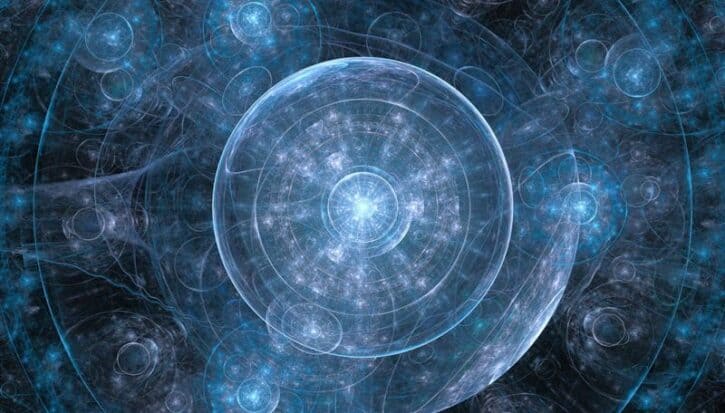
The Nexus Theory (TNT) is my attempt at chronologically mapping the self-organizing progression of matter into consciousness. This work has three primary goals:
- To propose an infrastructure for artificial consciousness.
- To forecast human evolution.
- To model the prevalence of intelligent life in the Universe.
Although entirely founded on modern science where possible, TNT is necessarily not a scientific theory as it contains certain broader ideas and logic that cannot be verified factually (yet). Rather, TNT is a philosophical theory designed to fill in some probable gaps using inductive and deductive reasoning until science can catch up to either falsify or support it.
“Nexus?”
Nexus – a central link or connection within a network.
Within TNT, a “nexus” represents the focal point of any self-contained configuration of matter. Technically, every tangible object in the Universe is a nexus, including the Universe itself. A hydrogen atom is a nexus. A human is a nexus. A planet is a nexus. Everything made of matter is a nexus, including nexuses within nexuses (like a cell or organ within our bodies).
The word “nexus” is useful in defining consciousness because it allows us to isolate the essence of a system of matter into a central focal point, which is itself interconnected with all other points in the system (as is the real world). In this way, we can more precisely describe, and potentially even replicate, the traits of extremely complex systems such as the human brain.
In my estimation, there are twelve evolutionary phases any nexus might achieve, from most basic to most advanced, given the correct environmental conditions:
- Reaction – The elements.
- Variation – Multiple elements.
- Connection – The interaction of evolutionary catalysts like carbon.
- Instinct – Emergent behaviors arise, such as survival.
- Sentience
- Thought
- Emotional Reasoning
- Rational Reasoning
- Philosophy
- Science
- Integration
- Manipulation
I’ll describe each phase in detail and refine the theory in upcoming posts.